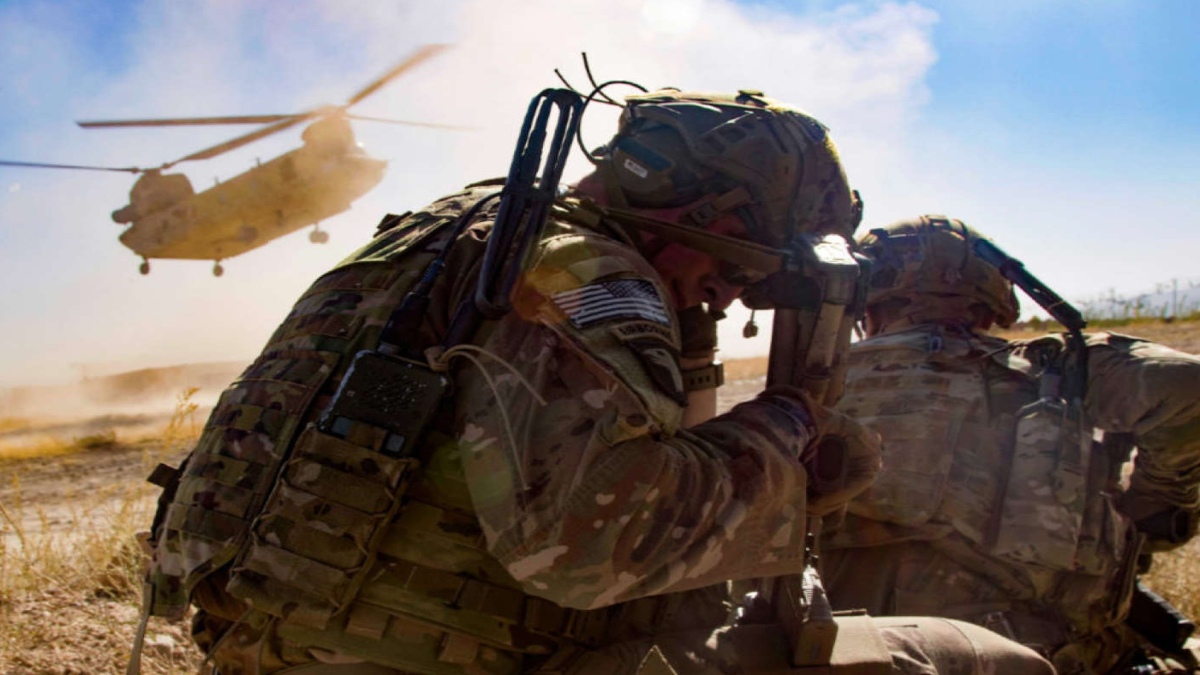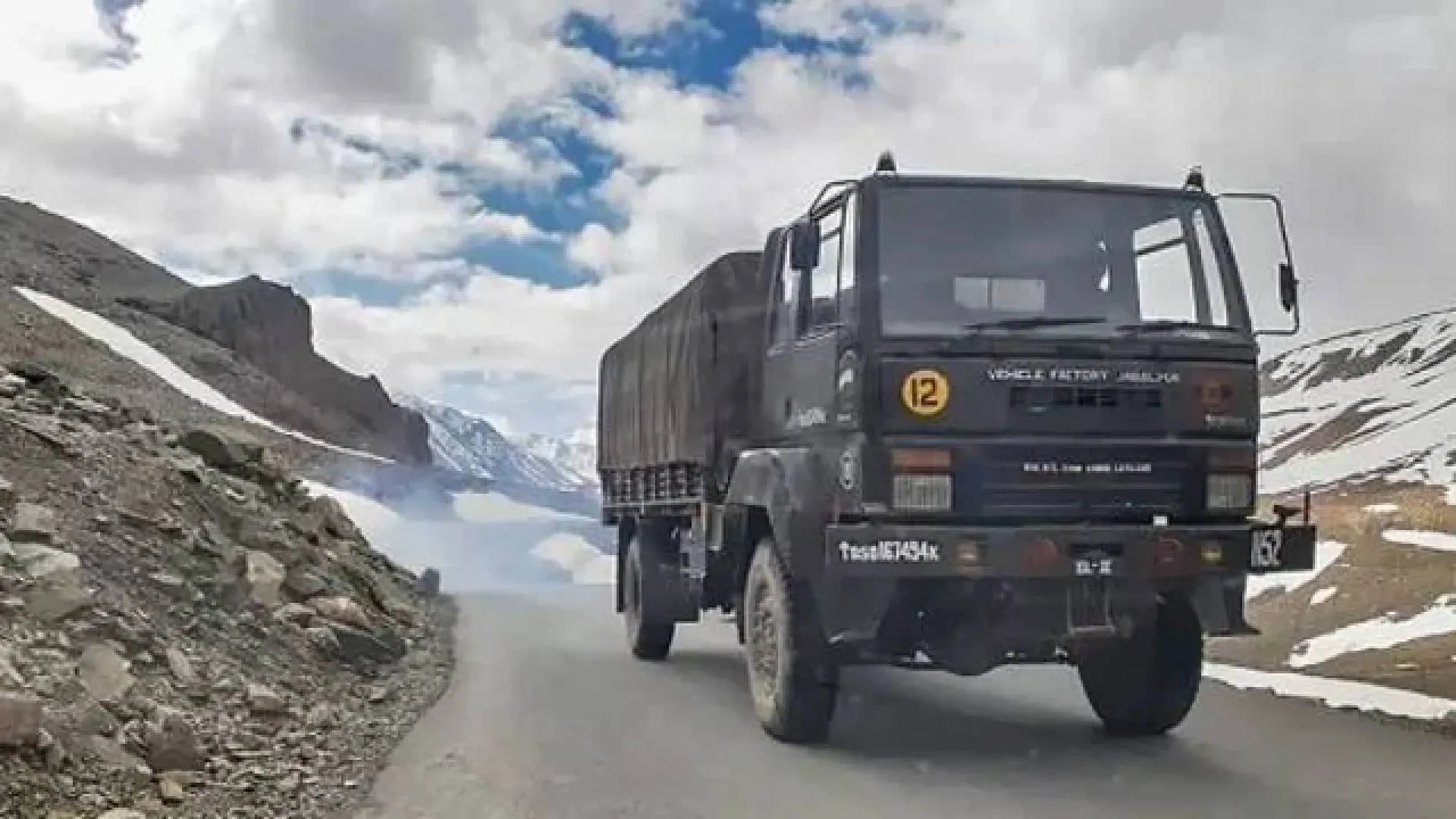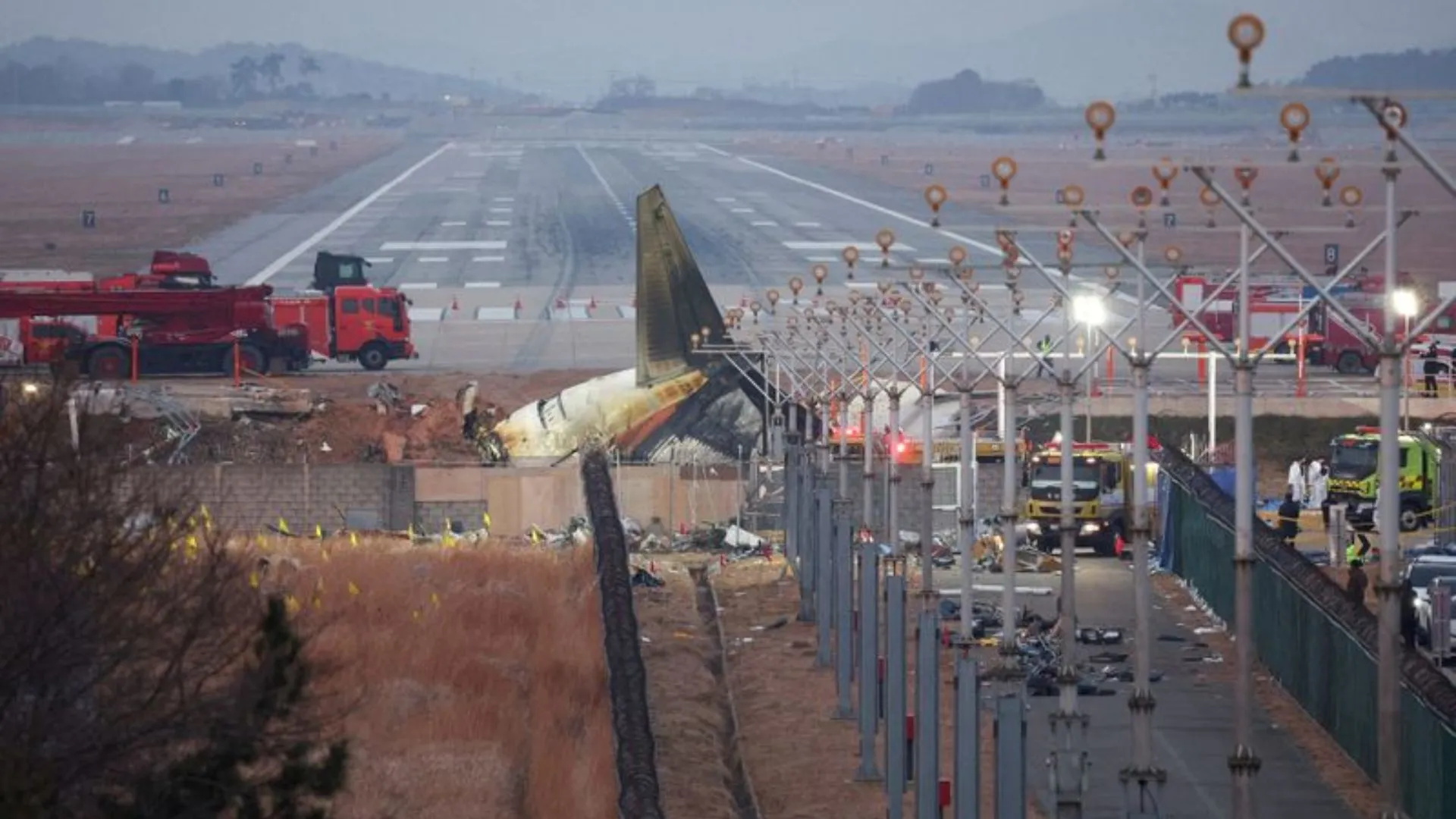China fears that the withdrawal of American troops from Afghanistan could lead to a rise in terrorism in the region and affect its ambitious Belt and Road Initiative.
A commentary in the Global Times has elaborated on Beijing’s concerns that the US pull-out “could leave chaotic situations and the region could become a breeding ground” for three evils—terrorism, separatism and religious extremism, reported Asia Times. Besides, the Chinese experts are also worried that the hasty US pull-out might stall the Afghan peace process and engender civil-war conditions. While the US allowed the region to become a “breeding ground” for the “Three Evils” and poppy cultivation “now Washington wants to leave this mess to the regional countries”.
An exclusive op-ed in the Communist Party of China organ People’s Daily on Friday was titled “US can’t just get away from it all in Afghan issues”. It concludes, “At present, the US is the biggest exterior factor of the Afghan issues. The White House shall not duck its responsibilities and get away from it all,” reported Asia Times. “Its withdrawal must be implemented in an orderly and responsible manner, and aim at preventing further escalation of violence in the country and preventing terrorist forces from ramping up and creating trouble. It shall create a favourable exterior environment for the Intra-Afghan negotiations, not the other way around.”
Meanwhile, as reported by ANI, M.K. Bhadrakumar, writing in Asia Times views second session of meeting of foreign ministers of China and the five Central Asian states on May 11 at Xian as symbolic. The ancient city of Xian used to be the starting point of the Silk Road. And, perhaps, the timing too, as this is the 25th anniversary of the Shanghai Five process, where China, quietly but steadily, began building up its economic, military, and diplomatic relations with Central Asia and presented itself as a viable partner.
The Xian meeting was a watershed event as it created an “institutional guarantee” for the nascent “C+C5” framework. The participants agreed on a memorandum of understanding to establish a regional cooperation mechanism, promote the high-quality construction of the Belt and Road and establish three research centres to carry out cooperation, reported Asia Times.
The Shanghai Five, consisting of China, Kazakhstan, Kyrgyzstan, Russia and Tajikistan, also had a modest beginning in 1996 as it emerged from a series of border-demarcation and demilitarisation talks that the four former Soviet republics held with China. The institutionalization of the C+C5 also marks a turning point in regional security—as the US troop withdrawal from Afghanistan gets under way amid speculation that the Pentagon is looking to base facilities in Central Asian countries, wrote Bhadrakumar.























